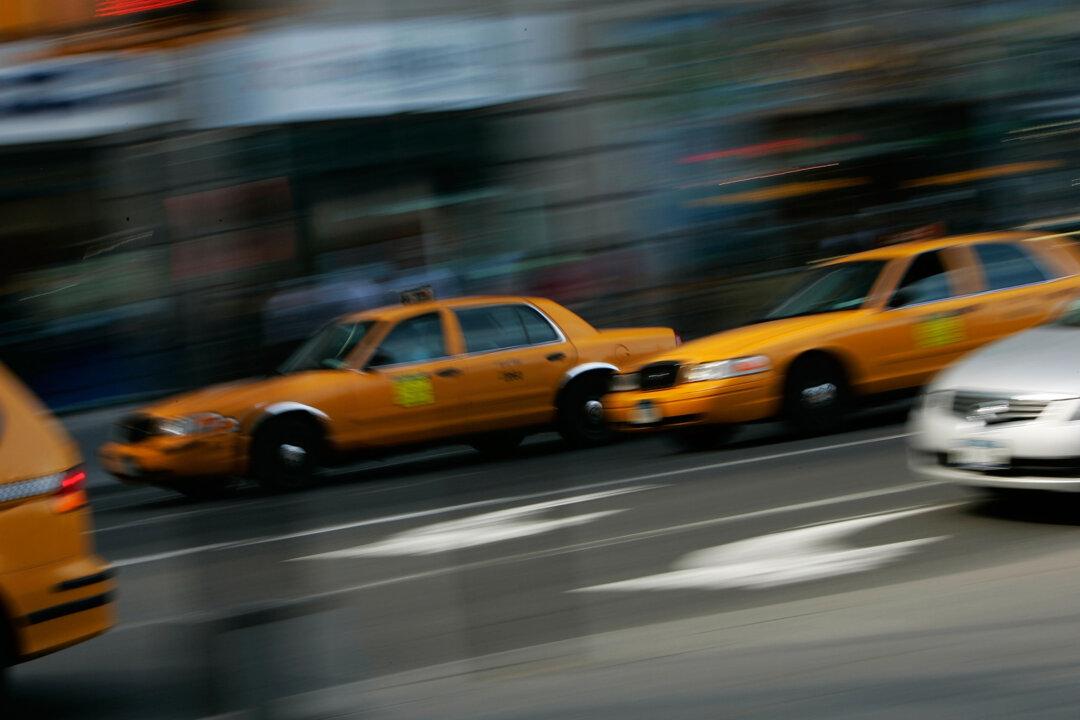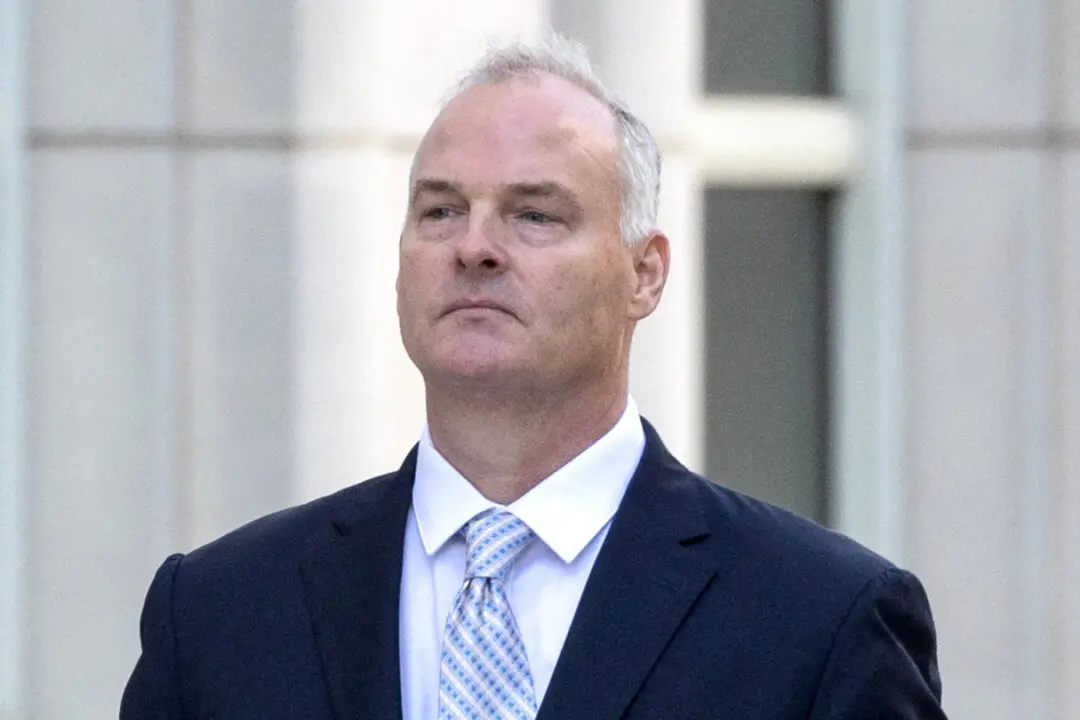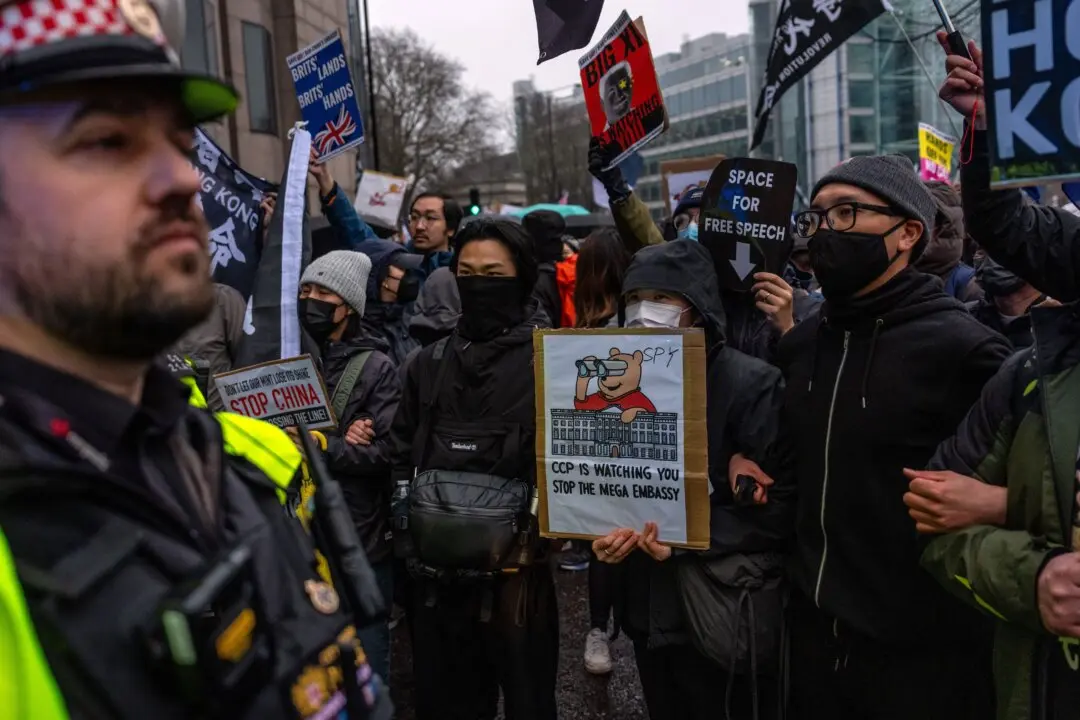New York City’s 6,000 green-colored “boro taxi” program was created partially to expand the city’s accessible taxi fleet, and the Taxi and Limousine Commission (TLC) had delayed issuing the next 6,000 permits to the end of summer to ensure they are able to meet accessibility requirements. By the end of last year, there were 2,000 drivers on the waiting list for additional permits.
Last week, TLC submitted a draft report titled “Mobility for All New Yorkers to City Council,” with the intention of adding more accessible cabs than required. On Monday, Council member Ydanis Rodriguez will hold an oversight of the outer borough street hail service and plans for expansion.
“We’re hoping to hear how the TLC plans to move this plan forward over the next two years and beyond,” Rodriguez wrote. “We’re also looking to see what industry leaders are thinking so we can make improvements where necessary.”
Boro taxis picked up about half a million riders in their first four months last year, according to a December 2013 TLC report. The taxis are required to stay in the outer boroughs, and above 96th Street in Manhattan.
Each time permits are issued, the state requires 20 percent to be accessible. Last year 1,200 accessible boro taxis were put on the road, and another 1,200 will be required when permits are issued later this year and in 2015, according to state law.
Draft Plan
The city recently approved a plan to add a 30-cent surcharge to yellow taxis to ensure that half the fleet is accessible by 2020, but TLC estimates that 64 percent of the 90,000 wheelchair users of the city live in or travel to the outer boroughs.
According to TLC, the accessibility surcharge will be able to fund more than the minimum accessibility requirement, and the agency wants “to raise the bar and provide a higher level of service than needs analysis suggests.”
In the draft plan, TLC proposed increasing the accessible portion of the fleet from 20 percent to 50 percent, but expects 2,000 accessible vehicles would meet the current demand. The proposed plan would require 8,100 accessible taxis.
Less than 2 percent of taxis are currently accessible, but TLC predicts 58 percent of all yellow and green cabs will be accessible by 2024.





